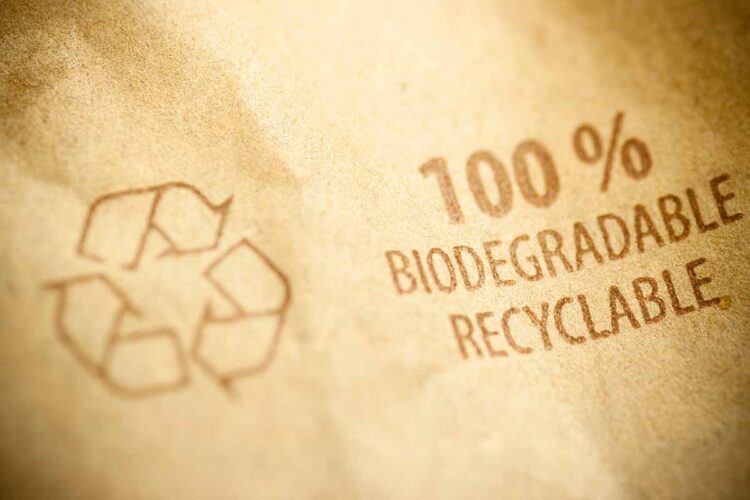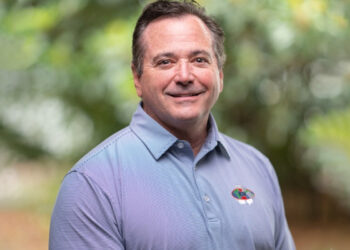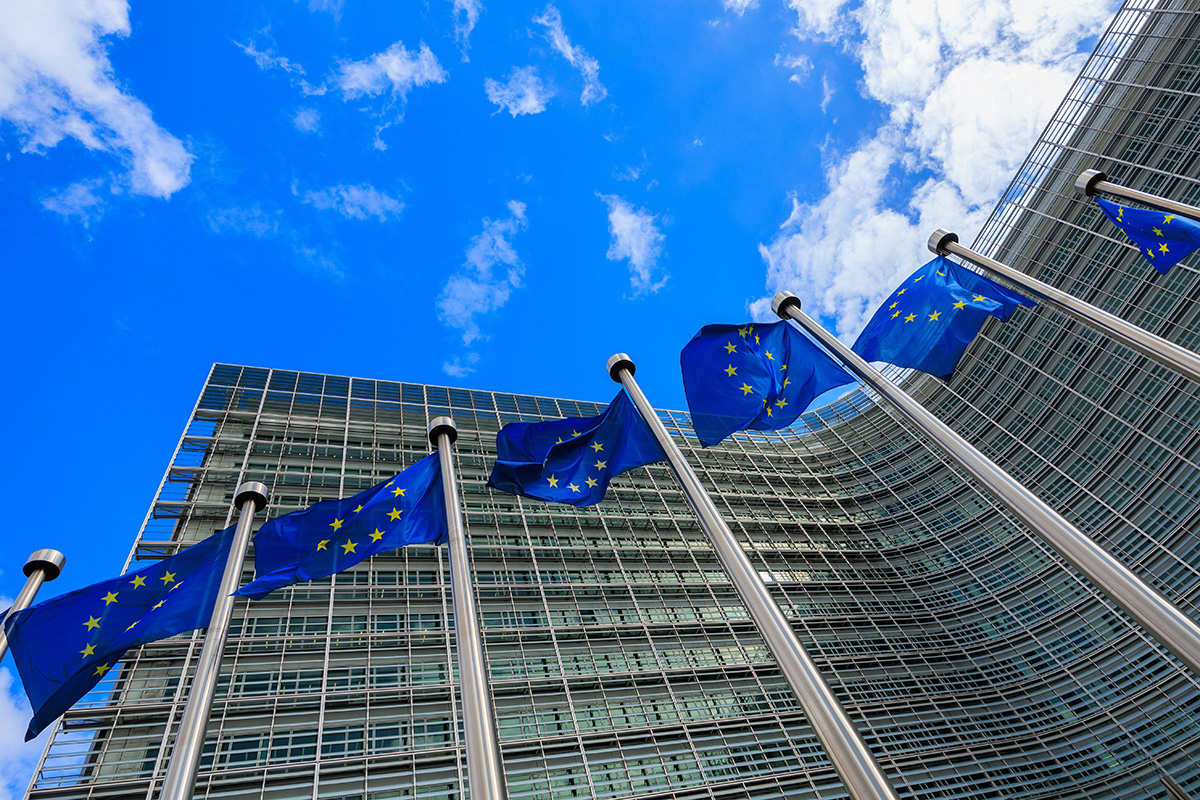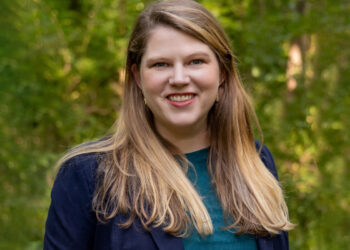Many recycling industry players and brands are now familiar with the base concept of extended producer responsibility for packaging, but now advisory boards, producer responsibility organizations and state regulators are working on another complex, interrelated concept: fee eco-modulation.
Eco-modulation of fees means giving a bonus – lower fees – to producers that use eco-friendly options, such as a more recyclable design or more recyclable materials, or a malus – a higher fee – to producers that make less eco-friendly packaging choices.
Shane Buckingham, Circular Action Alliance EPR program planning lead, told Resource Recycling that it’s “all about making sure that producers have the right information, that they are equipped to be able to participate in the program.”
“We want to make sure we get the feedback we require and communicate that there are different requirements and set the right expectations,” he said.
Circular Action Alliance is a brand-formed nonprofit organization that has been selected as the producer responsibility organization in several states with packaging EPR laws, including California, Oregon and Colorado.
Examples from abroad
Several other countries that have EPR for packaging also use eco-modulation, such as France, but often that level of fee-setting is introduced after EPR has been in place for several years. Some French organizations have also said that the way the fees have historically been set is not effective.
During a July 25 Colorado EPR advisory board meeting, members heard a presentation from Valentin Fournel, eco-design and reuse director at Citeo, a French PRO, on eco-modulation in France.
He emphasized that fee modulation is just one lever when striving for eco-design, and that for it to work, there need to be solutions already available for the proposed changes.
“Fee modulation where you have no solutions for producers is useless,” he said. “You have to do all the work of R&D and innovation to find alternative solutions for what you want to change and you also have to work on tools, sharing knowledge and information for all producers.”
Under the French system, maluses, or penalties, increase in a step-up fashion, from 10% at first, to 50% one to three years after it is first announced, until it hits 100% between two and five years in, depending on what the PRO determines is the best timeline.
Bonuses are given for consumer education (4% bonus), weight reduction (8% bonus) and reuse (100% bonus, which essentially exempts reusable packaging from the fees). The weight reduction bonus will soon change, Fournel noted, to be equal to the percentage that the packaging weight is reduced by.
In 2023, Citeo applied bonuses and maluses to 750,000 tons of covered packaging, resulting in 24 million Euros ($26 million in USD, all other figures in USD) in bonuses and $9.8 million in maluses.
Fournel noted that it’s neither possible nor desirable to have an equal number of malus and bonus, because “the object is to have less malus and more bonuses.”
“Bonuses need to be paid by an increased fee,” Fournel said. “You need to find something to bonus that not everyone in the country is doing. If 100% is doing it, it is not a bonus.”
And according to Fournel’s numbers, in 2023 less than 100,000 tons of packaging got a penalty for elements that impact recycling, down 25% from 2020.
Another example of effective malus application concerns carbon black coloring. Fournel said that 10 years ago, Citeo started offering a bonus to producers who switched away from carbon black, and did not see much progress. Then in 2020, it switched to a 10% malus, increasing to 50% and then to 100% in 2023.
In 2021, about 17,000 tons of packaging used carbon black. By 2022, that had fallen to 6,000 tons, and Fournel expects an even lower tonnage in 2023.
Striving for standardization
When it comes to eco-modulation requirements across Oregon, California, Colorado and Maine, there is very limited commonality.
Peter Hargreave, president at Policy Integrity and serving as Colorado program manager for CAA, said at a July 10 EPR advisory board meeting in Colorado that there is “currently right now some consistency in some areas,” but “there is also quite a bit of variation in what’s included.”
“As we try to look to move towards trying to provide more of a standardized approach there are some issues,” he added.
All four of those states want the eco-modulated fees to consider the amount of PCR in the packaging, but that’s the only factor they all share.
Minnesota has not yet selected a PRO, so was not part of CAA’s discussion, but the newly passed law similarly calls for eco-modulated fees based on PCR, as well as toxic substances, reduction of packaging, increasing reuse, and recyclability and/or compostability.
There are a few more instances of two states lining up – Oregon and Colorado both include the recycling rate of the package or packaging material in their lists of factors that must be considered, for example, while California and Colorado both include reuse and refill and California and Maine align on targeting the presence of hazardous or toxic materials or additives, as well as labeling.
From there, the states diverge, with Oregon also directing the eco-modulation of fees to take into account the product-to-package ratio, the kind of material the producer chooses to use and life cycle analyses.
California highlights plastic derived from renewable material, compostables and source reduction, while Maine wants fees to include reduction of litter and factor in yield. Colorado adds in that the use of a material that is not on the covered material list will merit an increase in fees, but innovation and practices to enhance recyclability will result in lower fees.
Buckingham noted that one reason eco-modulation is often implemented in a several-year-old program is that it requires having strong data collection processes in place, and that it’s easier if producers are already used to the reporting structure.
“There’s also the challenge for producers to be able to prepare to capture the right data to report into CAA so they are able to claim a bonus or to manage the maluses,” he said. “So that’s a lot of what we’re looking at right now, that data foundation that needs to be put in place to manage eco-modulation across those states.”
While the eco-modulation requirements vary between states, Buckingham said CAA wants to set standardized base fees across EPR programs, so producers are at least starting from the same place, and then will “look for harmonization whenever possible” when it comes to eco-modulation.
“A lot of the focus of the organization is let’s get the basics right, let’s make sure that producers understand their obligations, that producers register with the organization and producers understand the reporting that needs to be done,” he said.
And in shared areas – like PCR content – Buckingham said CAA intends to have a standardized way of tracking and reporting those numbers.
Looking to the future, when other states may pass packaging EPR laws that contain eco-modulation, Buckingham said it would be useful if those programs had phased-in approaches.
“Phasing in eco-modulation later in the program implementation would be wise to ensure that you can get that data foundation in place, you can communicate clearly to producers what will be required for the bonus and how maluses will be charged,” he said.





















